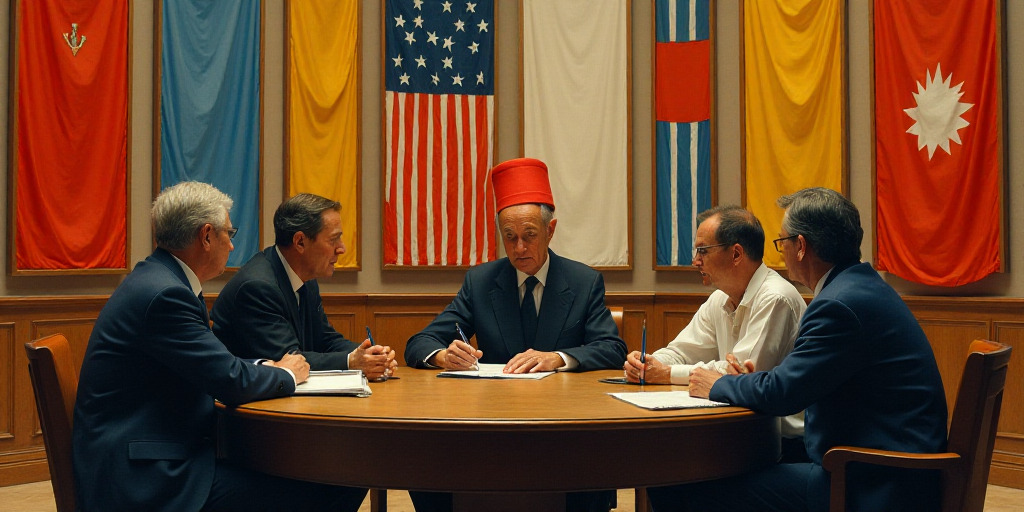Background and Context
In a significant geopolitical move, the United States has entered into military action against Iran, aligning with Israel’s Prime Minister Benjamin Netanyahu’s objective to prevent Tehran from developing a nuclear bomb. This operation marks the largest Western military action against Iran since its 1979 revolution.
The Military Operation
On Saturday, Operation “Midnight Hammer” was activated. Seven stealth B-2 bombers, known for their bat-like wings, took off from Missouri and flew undetected for 18 hours, refueling mid-flight. Meanwhile, a US submarine launched over two dozen Tomahawk land-attack cruise missiles. Fighter jets served as decoys, drawing away any potential Iranian air defenses.
Targeted Nuclear Sites
The primary targets were Iran’s three major nuclear sites. The B-2s released 14 GBU-57 bombs, each weighing 30,000 pounds. Over 125 US military aircraft participated in the operation, according to the Pentagon.
Success and Aftermath
From a military standpoint, the operation was deemed a tactical success. General Dan Caine, Chairman of the Joint Chiefs, reported that Iran failed to shoot down any US aircraft and was caught completely off guard.
“Iranian fighter jets did not take off, and it appears their ground-to-air missile systems did not detect our aircraft during the mission,” Caine stated.
Initial assessments suggest severe damage, possibly destruction, at the targeted sites. However, no confirmation has been made regarding any surviving nuclear capabilities in Iran.
Defense Secretary Pete Hegseth expressed confidence, declaring, “It’s clear that we’ve severely damaged Iran’s nuclear program.”
Satellite Imagery and Expert Opinions
Satellite images indicate significant damage – potentially destruction – at Iran’s Fordow nuclear facility. The bunker-penetrating bombs likely caused extensive harm, though no official confirmation has been issued by experts.
David Albright, a former UN nuclear inspector and director of the Institute for Science and International Security, expects the facility to be “probably fried” due to the bomb impact.
However, experts also warn that Iran might have moved highly enriched uranium reserves out of Fordow before the attack, potentially concealing them along with other nuclear components in unknown locations from Israel, the US, and UN nuclear inspectors.
Regional Tensions and Precautions
The future remains unclear. Gulf states, hosting multiple US military bases, were on high alert Sunday, weighing the escalating risks in the region. In anticipation of potential backlash, the US military dispersed its assets in the Middle East and bolstered troop protection.
For now, the US is at war with Iran.
Key Questions and Answers
- What was the objective of the US military operation against Iran? The goal was to prevent Iran from developing a nuclear bomb, aligning with Israel’s Prime Minister Benjamin Netanyahu’s objective.
- How many military aircraft participated in the operation? Over 125 US military aircraft were involved.
- What types of weapons were used in the operation? B-2 bombers dropped 14 GBU-57 bombs, each weighing 30,000 pounds. Tomahawk land-attack cruise missiles were also launched from a US submarine.
- What was the outcome of the operation from a military perspective? The operation was deemed a tactical success, with Iran failing to shoot down any US aircraft and caught completely off guard.
- What are the potential implications of the attack on Iran’s nuclear capabilities? While significant damage is suggested at targeted sites, no confirmation has been made regarding any surviving nuclear capabilities in Iran. Experts warn that Iran might have moved highly enriched uranium reserves before the attack.






